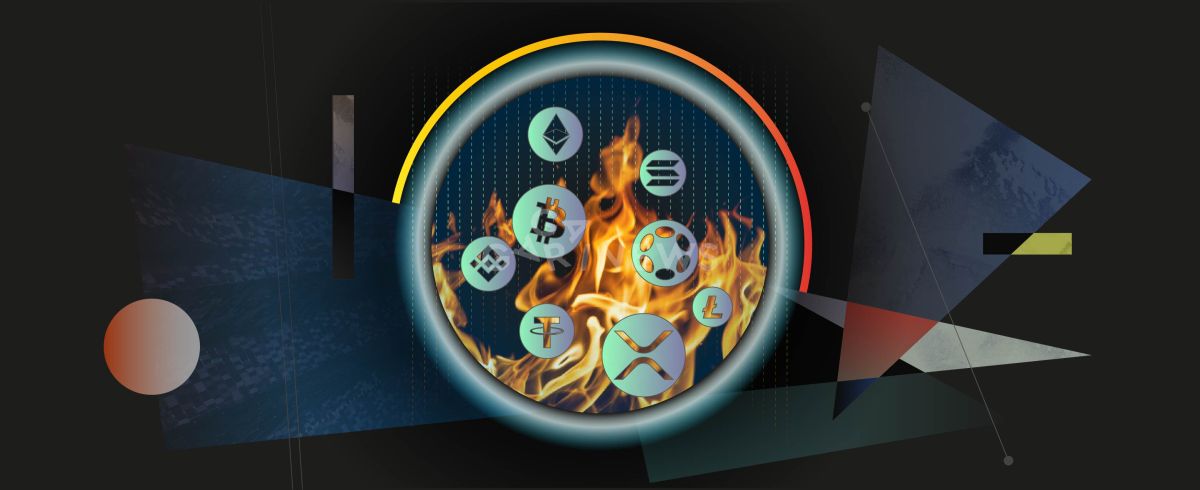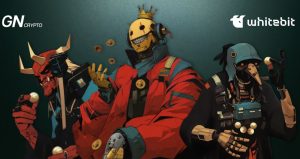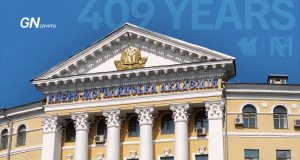Burning of tokens. Why do projects destroy some of their coins?

Cryptocurrencies are exposed to inflation, just like many other forms of assets. And something needs to be done about it. You don’t want your coins to be unprotected from depreciation, do you?
Whereas in centralized financial systems, regulators can influence the fight against inflation (e.g., by decisions to change the interest rate), one of the primary mechanisms to curb the inflation of digital tokens is to burn them.
Burning is the opposite process of issuing: minting or mining creates new coins, which increases their volume in the market, while burning, on the contrary, reduces the circulating volume and thereby curbs inflation.
How it works
The more coins are in circulation – the more demand is needed to maintain their market price. And demand is far from constant, so when it drops, the price usually drops too. By burning some of the coins, you can effectively bridge the gap between supply and demand.
Many successful blockchain projects such as Ethereum, Bitcoin Cash, BNB Chain, Shiba Inu, Pancake Swap, and others use the burning mechanism. Burning surplus tokens is also typical for new startups at the stage of ICO completion. By doing so, the team demonstrates to investors that it cannot dump many coins at the exchange and provoke a price collapse.
How does token burning happen?
The physical process has nothing in common with burning or any form of coin destruction. In a blockchain that implements a burning mechanism, a particular burn address serves as a “black hole”: coins are put into it but cannot be withdrawn from there. A smart contract prescribes the limitations of such a wallet’s functions, and anyone can view its current state and history.
It should also be said that burning is part of the monetary policy, so the size and timing of the burning are determined by project management or the blockchain’s rules.
Alternative burning
Investors and holders can also voluntarily contribute to deflationary initiatives of projects. Some “whales” interested in maintaining a shortage of coins in the market are periodically making transactions to non-existent addresses. In this case, the sent tokens are “lost”.
Thus, technically, the number of coins in circulation will remain the same, but, in fact, they will be illiquid. This means that they won’t be able to appear on exchanges and influence the price.
Additional use
With the help of burning, it is possible to realize other improvements. For example, to provide additional protection against spam transactions and reduce peak network loads.
Protocols can multiply fees in proportion to increased transaction activity to protect the blockchain from DDoS attacks. In this case, burning neutralizes the resulting overabundance of coins on the project balance, reducing the likelihood of their sharp inflation.
The content on The Coinomist is for informational purposes only and should not be interpreted as financial advice. While we strive to provide accurate and up-to-date information, we do not guarantee the accuracy, completeness, or reliability of any content. Neither we accept liability for any errors or omissions in the information provided or for any financial losses incurred as a result of relying on this information. Actions based on this content are at your own risk. Always do your own research and consult a professional. See our Terms, Privacy Policy, and Disclaimers for more details.

























